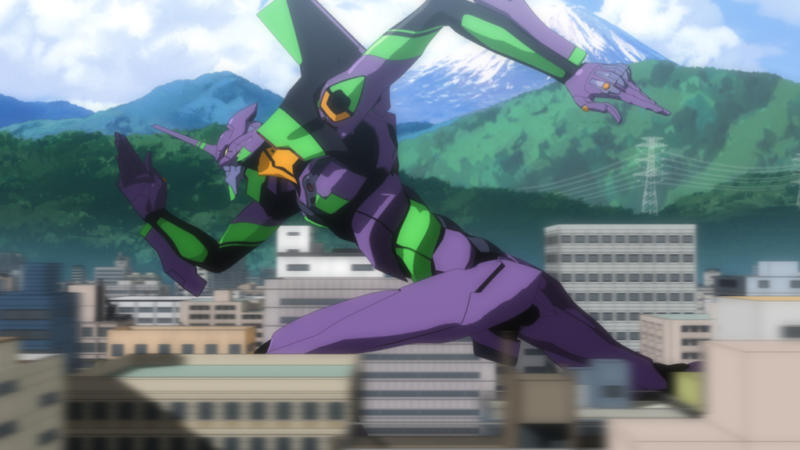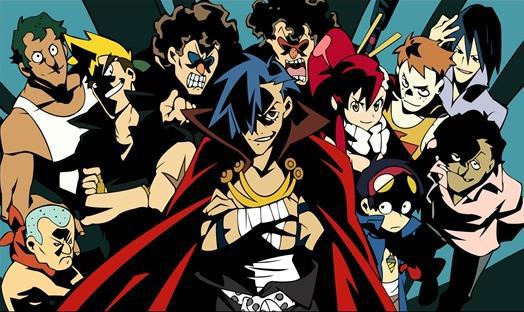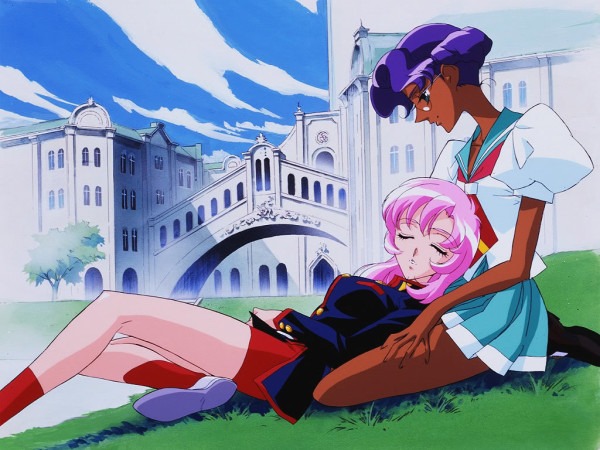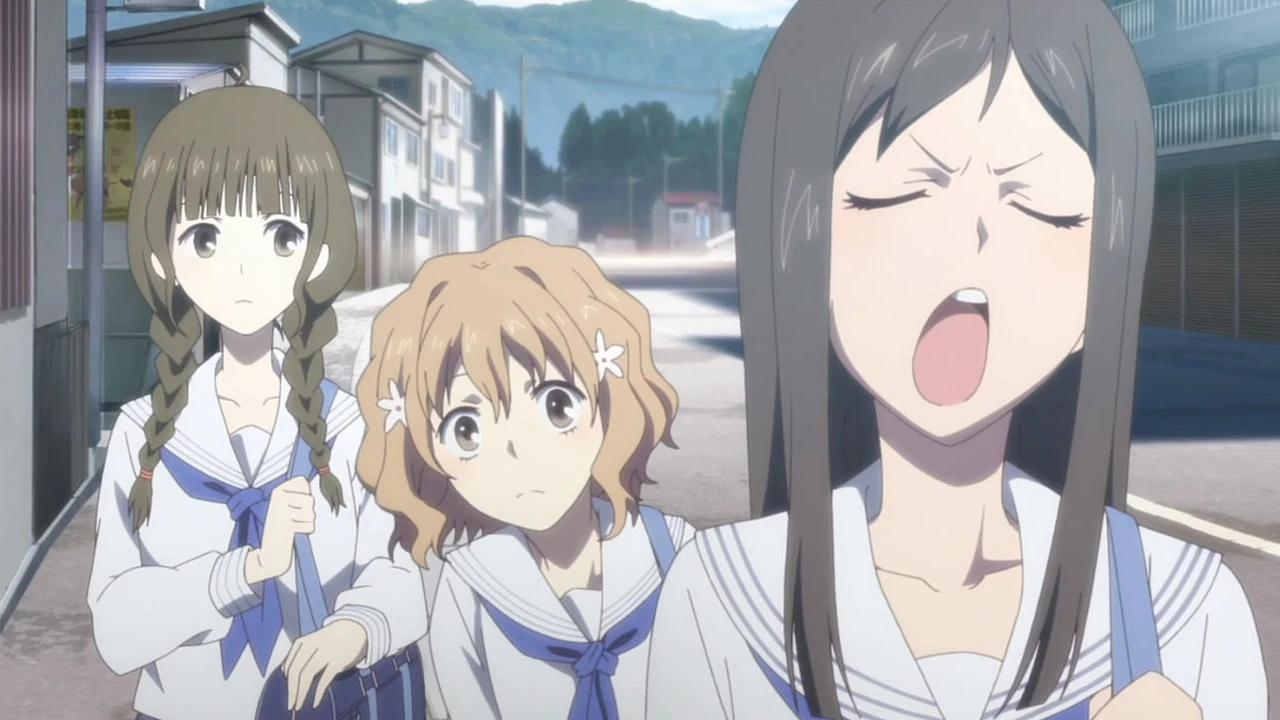
Why is that? After all, anime contains stories like Moribito. If you haven’t see it, Moribito follows Balsa, a 28 year-old woman (middle-aged by the story’s suggestion) and her efforts to protect a young boy called Chagum. Balsa struggles with her new role as a surrogate mother. Sadly, Moribito remains rather unknown.
I suspect the series’ troubles come from how it breaks the pattern we expect from anime. First, it doesn’t deal with teens. Balsa is experienced, confident, and knows her stuff. Second, there is no high school to be seen. To be fair, some popular anime lack this cliched setting. But most anime use high school because a good percentage of its Western audience are around that age.
I can go on with other points and counter points, but you are likely familiar with the problems with anime and its potential. Ghost in the Shell and the other influential anime we’ve feature (Akira, Sailor Moon, and others) show what anime can do.
But why? Why doesn’t anime break out of its niche?

Well, one of the main reasons is American’s attitude toward animation. Other than Pixar and the occasional Ghibli film, animation is associated with childhood. Cartoons are for kids. Alright, Simpsons and Family Guy are considered adult shows. But outside comedy, animation isn’t considered a serious storytelling medium for adults. American culture has a strong bias against adults enjoying animation. Again, Pixar is an exception. Disney movies are still considered the domain of children. American culture expects adults to put away childish things. Those who do not face ridicule and other social problems. Parents are given some leeway. Some of this is rooted in the American tendency to box people based on age and gender. Certain ages are expected to behave in this way and like these things. Adults like sports, live action, and cards. Kids: cartoons, toys, and board games. The edges of the box have bent a little. Adults can collect toys, but collecting has long been considered an adult hobby. But collecting only bends so far, depending on who you speak to.
Accessibility is one reason. Anime has strange humor (to American eyes) and visual language that can be hard to understand. American animation has adopted some of these elements in recent years, but they are still not readily understandable for most.

Another reason anime remains niche is the fans. Yes, anime fans get in the way of it going mainstream. It appears counter intuitive that fans would want anime to remain niche. After all, wouldn’t it be great if anime was as popular as superhero movies? Not really, and not for the reason you may suspect.
If anime was part of popular culture, otaku and other fans would lose a sense of identity. Identity is defined (in the United States, anyway) by what a person is against. Identity is a negative boundary. Political people don’t create an identity based on what they support. They set themselves apart from their rivals by setting themselves as opposite. Even expressions of support such as pro-life or pro-choice focus on what they are against. Some anime fans define their identity in this way. Fan versus nonfans. Not all fans of anime do this, of course. Anime fandom is a subculture, and its separation from the mainstream gives some a sense of belonging, of being different. And that feeling of separation helps define their identity. This identity includes collections, cosplay, and conventions. Again, this isn’t the case for all fans. If anime became mainstream, many fans would lose this separation. If anime movies net the same amount as superhero movies, the subculture would be absorbed into the greater culture. They could no longer claim themselves separate and different. The insider lingo would no longer be limited to the in-crowd. The anime community would no longer be a subculture. It would be a part of the greater culture. Boundaries between those who “get anime” would dissolve. All that would be left are those who are connoisseurs of obscure titles.
American culture’s bias toward animation isn’t going away soon. In some regards, anime’s niche status in the States is identical to mainstream status. Look at how formulaic blockbuster movies tend to be. Sequels of sequels of remakes. All follow the same patterns that are proven to sell. Anime’s niche releases follow the same patterns. Fan service sells. High school based anime sells because they follow the established pattern. That is why the West sees so many copycats. If the anime community wants to break the old pattern and allow different shows like Moribito to became the new pattern, the community needs to buy these shows. Services like Crunchyroll are helping with this. They provide access to more variety and niche stories. Unlike mainstream culture, niche cultures have power to shape themselves. Mainstream is too large to shift patterns easily. Niche cultures like anime sail a smaller ship. It takes far less effort on the tiller to turn.
If you find anime dissatisfying as it is now, vote with your wallet. Don’t buy or watch anime that follows patterns you dislike. If enough people support certain patterns they will become more common. Of course, this only deals with imports. Japanese society determines the market. The Western anime community has little influence on the market outside of what companies export, but companies want to maximize their profit. Anime is an international product. Many stories are designed to appeal to Japanese and American audiences. If American tastes change, different types of anime will be subtitled, dubbed, and released here.
Basically, what we buy determines what types of stories we will see in the future. What do you want to see?






Yes. Thank you for this article.
You’re welcome. I’m glad you enjoyed it! 😀